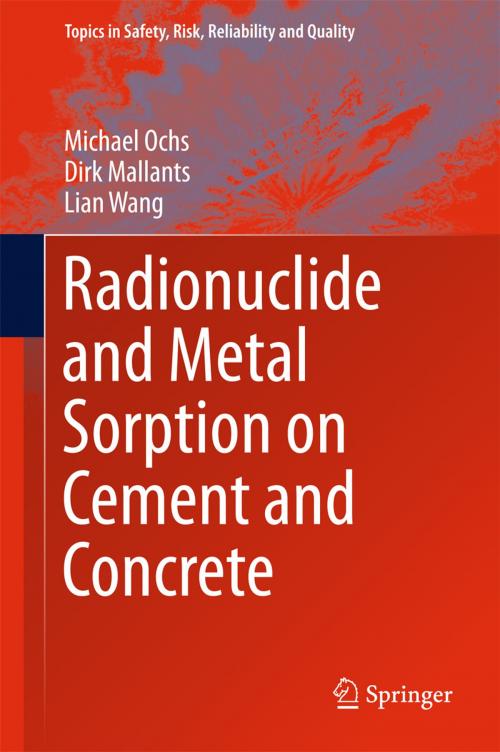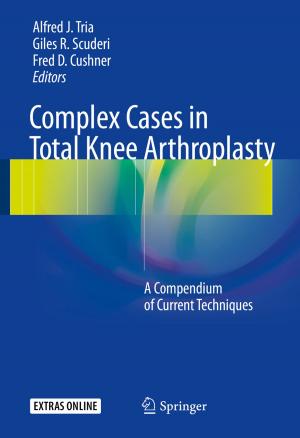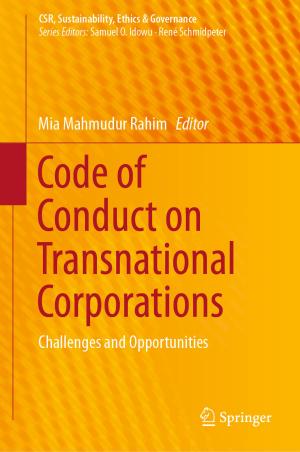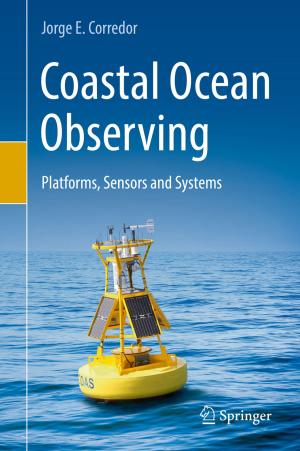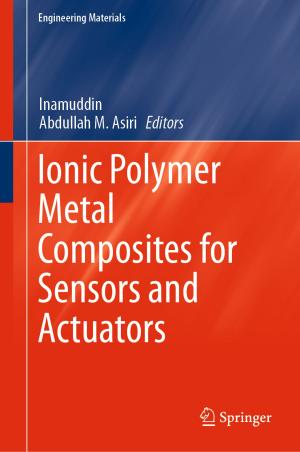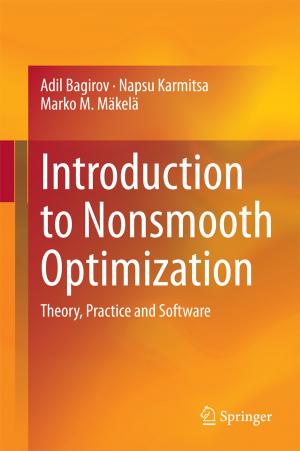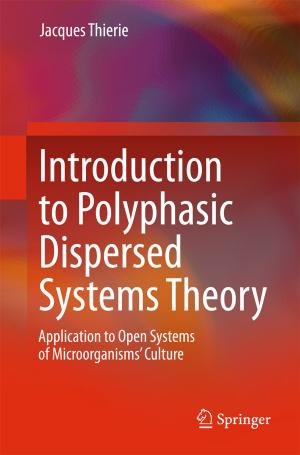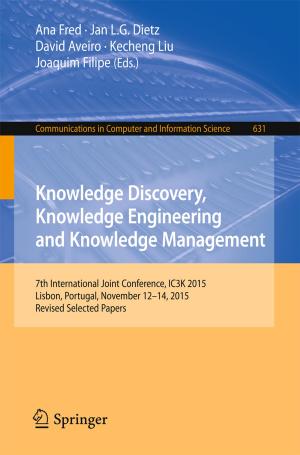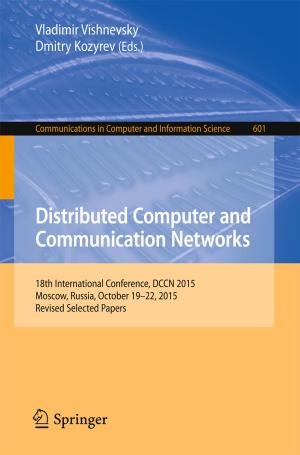Radionuclide and Metal Sorption on Cement and Concrete
Nonfiction, Science & Nature, Technology, Nuclear Energy, Material Science| Author: | Michael Ochs, Dirk Mallants, Lian Wang | ISBN: | 9783319236513 |
| Publisher: | Springer International Publishing | Publication: | October 17, 2015 |
| Imprint: | Springer | Language: | English |
| Author: | Michael Ochs, Dirk Mallants, Lian Wang |
| ISBN: | 9783319236513 |
| Publisher: | Springer International Publishing |
| Publication: | October 17, 2015 |
| Imprint: | Springer |
| Language: | English |
Cementitious materials are being widely used as solidification/stabilisation and barrier materials for a variety of chemical and radioactive wastes, primarily due to their favourable retention properties for metals, radionuclides and other contaminants. The retention properties result from various mineral phases in hydrated cement that possess a high density and diversity of reactive sites for the fixation of contaminants through a variety of sorption and incorporation reactions.
This book presents a state of the art review and critical evaluation of the type and magnitude of the various sorption and incorporation processes in hydrated cement systems for twenty-five elements relevant for a broad range of radioactive and industrial wastes. Effects of cement evolution or ageing on sorption/incorporation processes are explicitly evaluated and quantified. While the immobilisation of contaminants by mixing-in during hydration is not explicitly addressed, the underlying chemical processes are similar.
A quantitative database on the solid/liquid distribution behaviour of radionuclides and other elements in hydrated cement systems is established on the basis of a consistent review and re-evaluation of literature data. In addition to recommended values, all underlying original experimental data and key experimental info
rmation are provided, which allows users to trace the given recommendations or to develop their own set of key values.
This database is closely tied to the safety analysis of near surface disposal of radioactive waste in Belgium. It focuses on radioelements, toxic stable elements and heavy metals, which makes it relevant for investigations involving the interaction of radioactive and conventional contaminants with cement-based barriers.
Cementitious materials are being widely used as solidification/stabilisation and barrier materials for a variety of chemical and radioactive wastes, primarily due to their favourable retention properties for metals, radionuclides and other contaminants. The retention properties result from various mineral phases in hydrated cement that possess a high density and diversity of reactive sites for the fixation of contaminants through a variety of sorption and incorporation reactions.
This book presents a state of the art review and critical evaluation of the type and magnitude of the various sorption and incorporation processes in hydrated cement systems for twenty-five elements relevant for a broad range of radioactive and industrial wastes. Effects of cement evolution or ageing on sorption/incorporation processes are explicitly evaluated and quantified. While the immobilisation of contaminants by mixing-in during hydration is not explicitly addressed, the underlying chemical processes are similar.
A quantitative database on the solid/liquid distribution behaviour of radionuclides and other elements in hydrated cement systems is established on the basis of a consistent review and re-evaluation of literature data. In addition to recommended values, all underlying original experimental data and key experimental info
rmation are provided, which allows users to trace the given recommendations or to develop their own set of key values.
This database is closely tied to the safety analysis of near surface disposal of radioactive waste in Belgium. It focuses on radioelements, toxic stable elements and heavy metals, which makes it relevant for investigations involving the interaction of radioactive and conventional contaminants with cement-based barriers.
